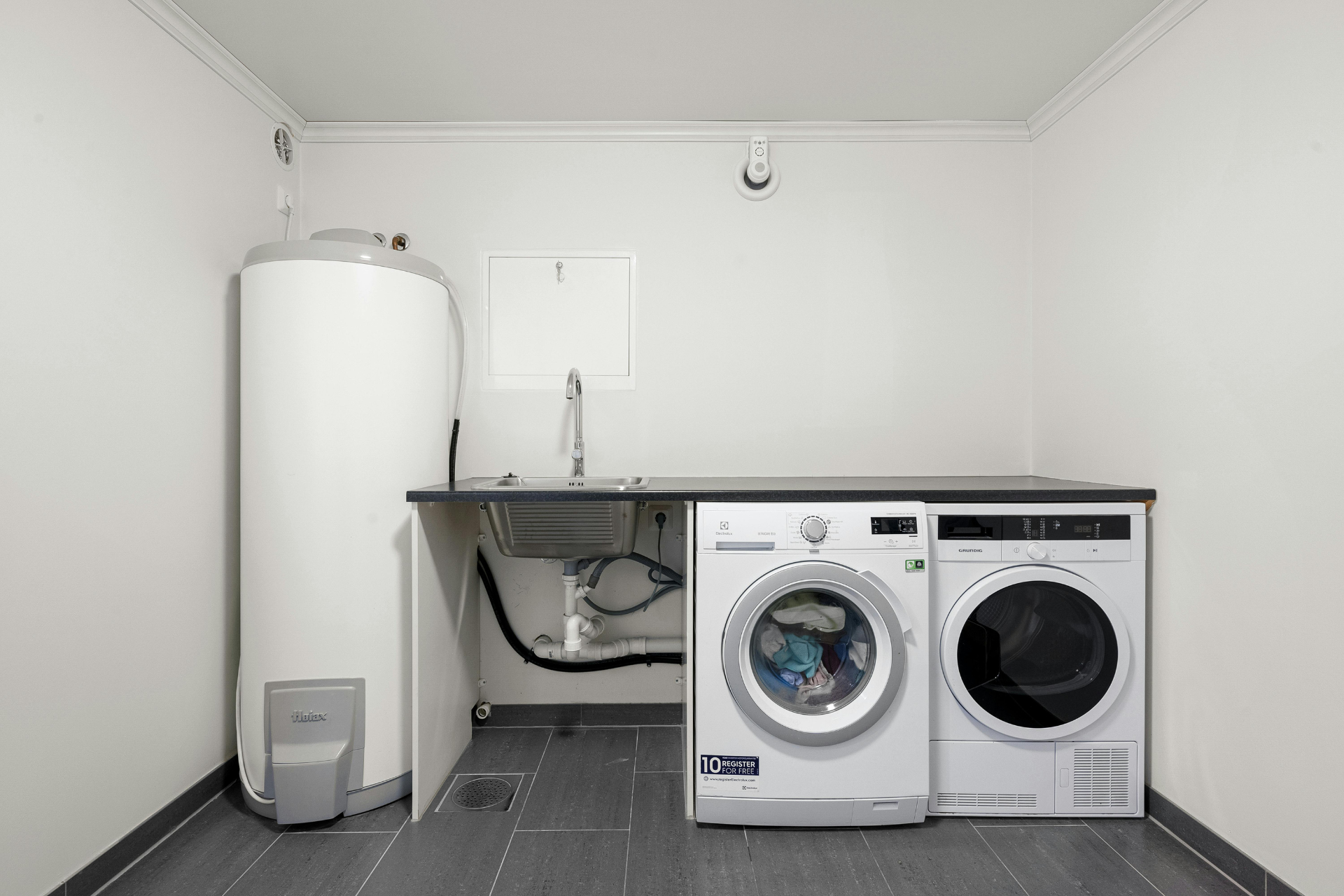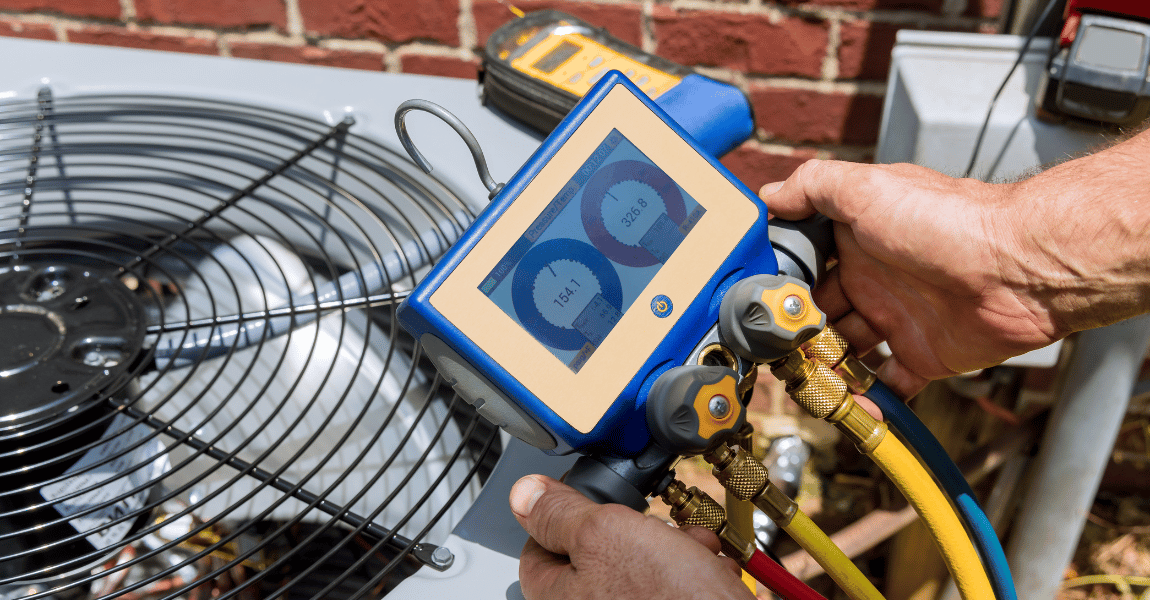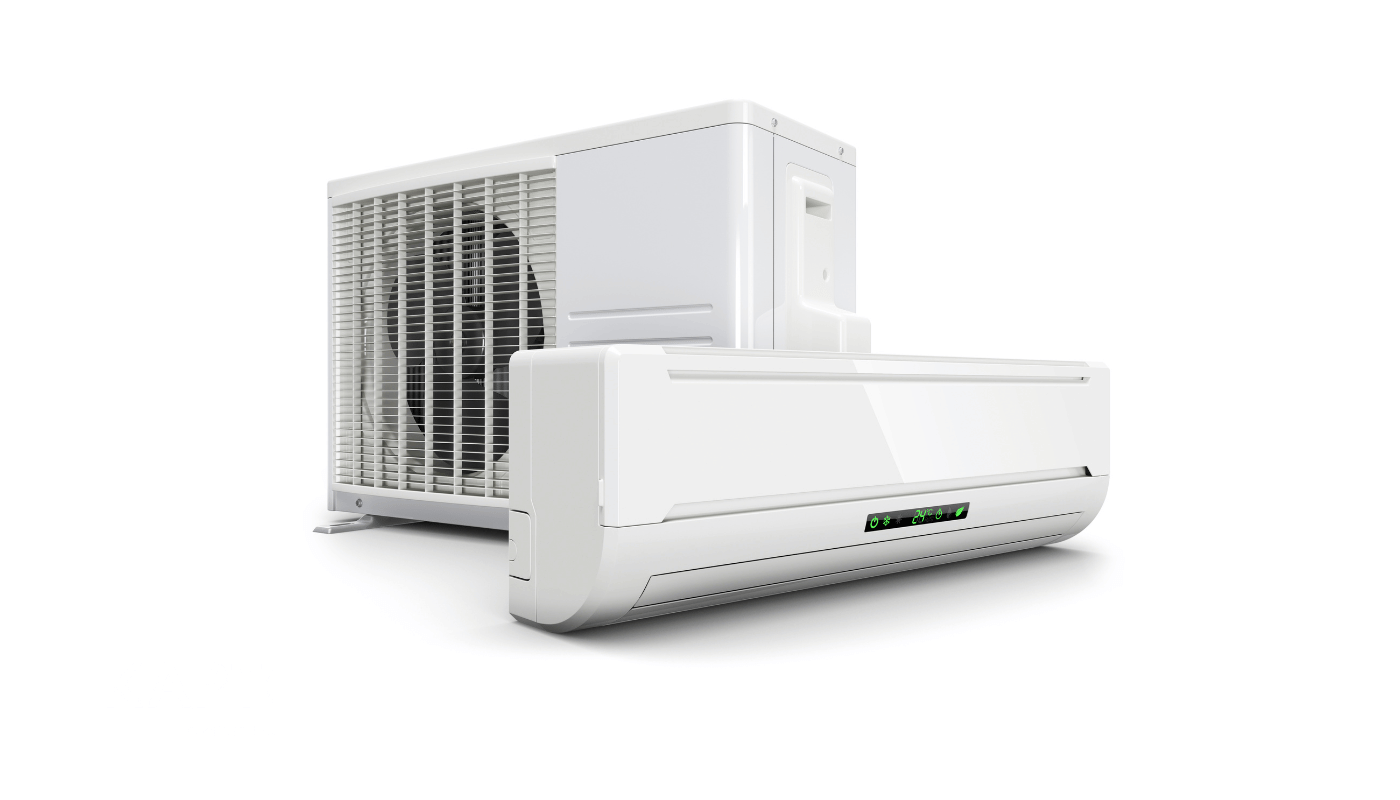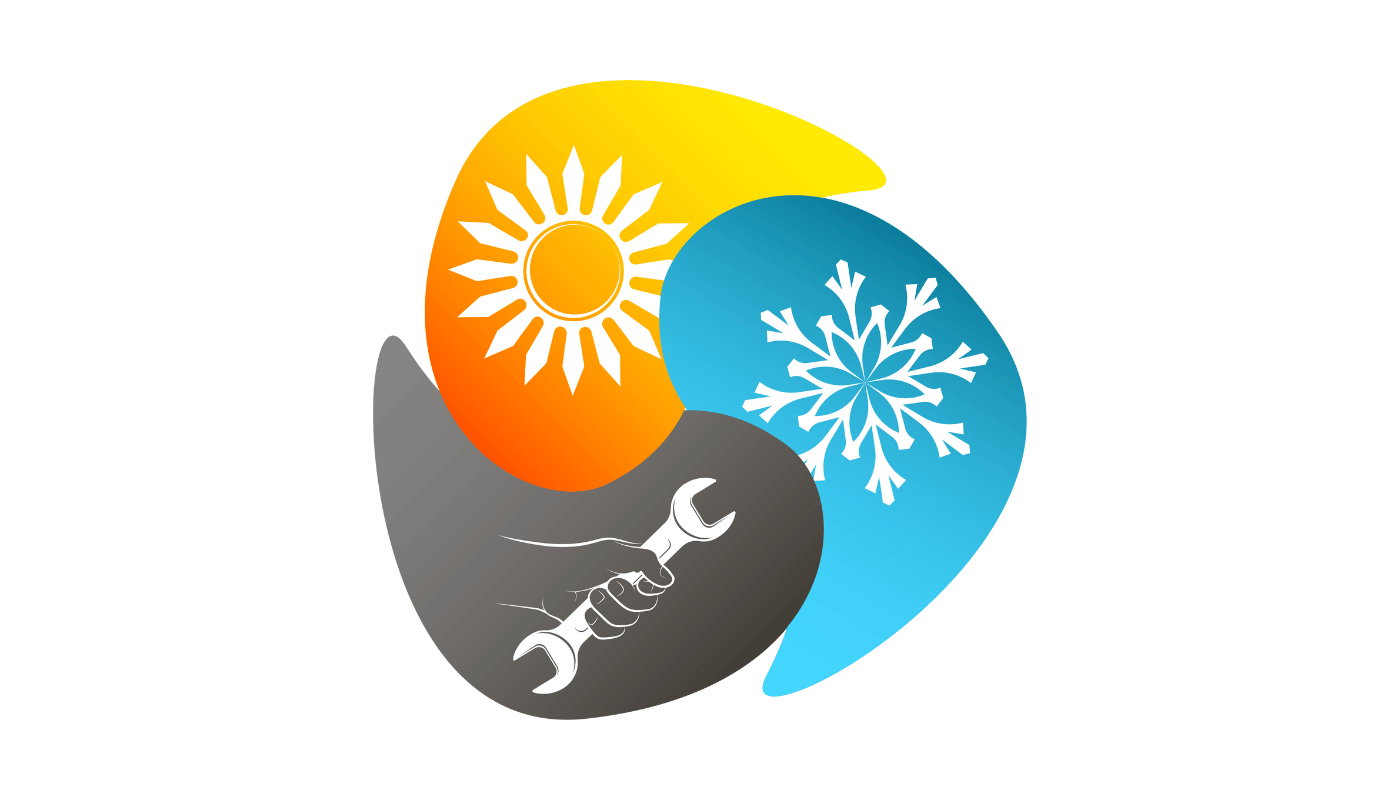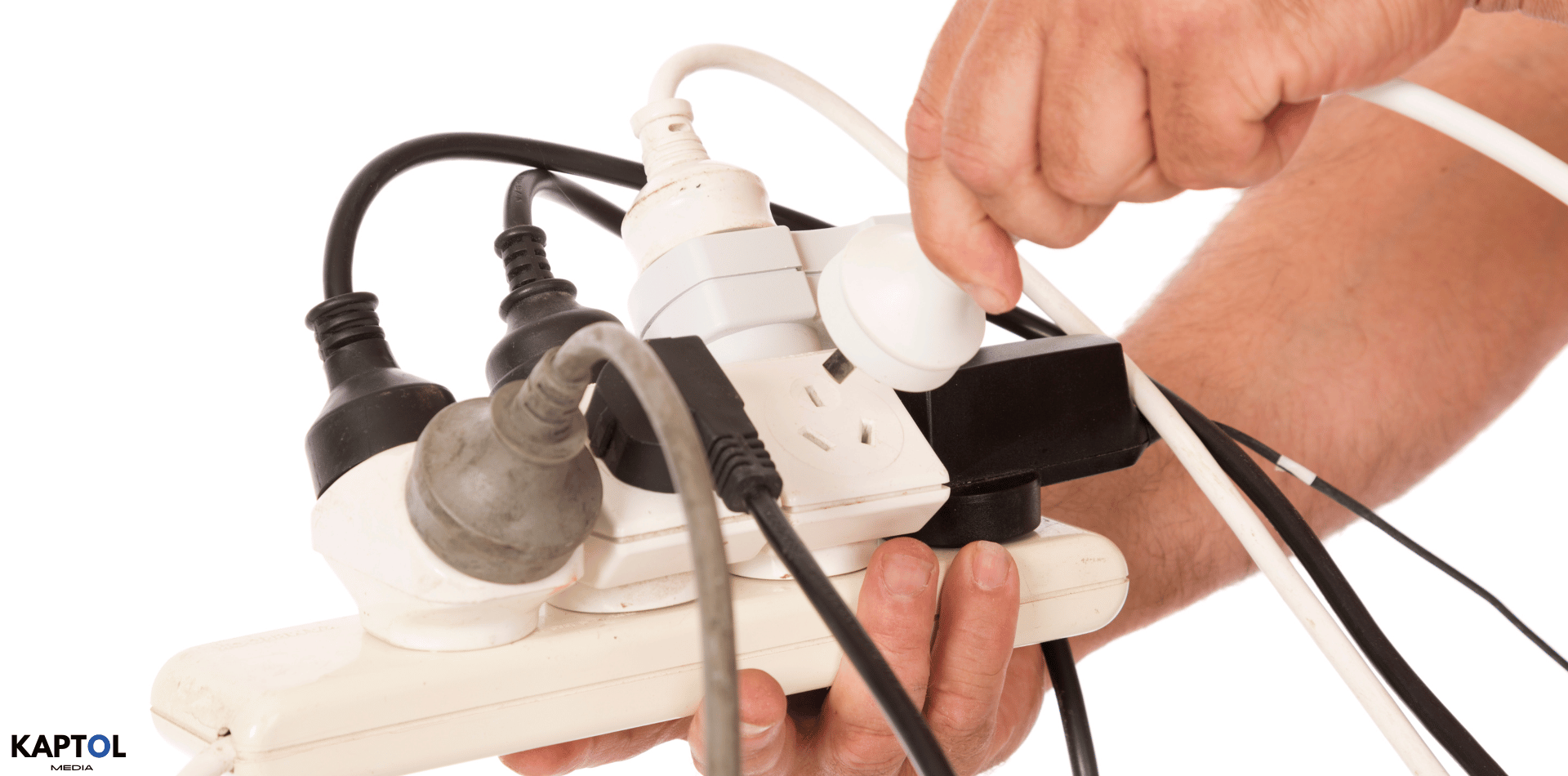Smart Thermostats and IoT Integration in HVAC Systems
IoT Integration and Smart Thermostats in Air Conditioning Systems

The integration of smart thermostats and the Internet of Things (IoT) into HVAC systems represents a leap forward in home climate control technology.
These advancements not only offer unprecedented convenience and control for homeowners but also pave the way for more energy-efficient and responsive air conditioning solutions.
Understanding Smart Thermostats
Smart thermostats go beyond the capabilities of their programmable predecessors by utilising advanced algorithms and machine learning to understand a homeowner's heating and cooling preferences over time.
By analyzing patterns in your daily routine, these devices adjust the temperature settings automatically to ensure comfort when you're home and energy savings when you're away.
Key features of smart thermostats include:
- Geofencing: This feature uses the GPS in your smartphone to determine your proximity to your home, adjusting temperatures as you come and go.
- Adaptive Scheduling: Smart thermostats learn from your adjustments, creating schedules that align with your lifestyle while optimizing energy efficiency.
- Remote Control: Through mobile apps, users can control their HVAC systems from anywhere, changing settings or scheduling adjustments as needed.
IoT Integration in HVAC Systems
The Internet of Things (IoT) represents a network of physical devices that communicate and interact with each other over the internet. In the context of HVAC systems, IoT integration allows smart thermostats and other smart devices to work together, creating a more cohesive and automated home environment.
Examples of IoT integration in HVAC include:
- Communication with Other Smart Devices: Smart thermostats can interact with a wide range of other devices, such as smart windows, blinds, fans, and even wearables, to maintain optimal comfort and efficiency based on real-time conditions and user presence.
- Predictive Maintenance: By monitoring system performance and detecting irregularities, IoT-enabled HVAC systems can alert homeowners to potential issues before they escalate, facilitating timely maintenance and repairs.
- Energy Consumption Analytics: These systems can provide detailed insights into energy usage patterns, helping homeowners identify opportunities for further savings and more efficient operation.
Benefits of Smart Thermostats and IoT Integration
- Enhanced Comfort: By learning and adapting to your preferences, smart thermostats ensure your living environment is always at your ideal temperature.
- Energy Savings: Automated adjustments and efficient scheduling can lead to significant reductions in energy consumption and lower utility bills.
- Convenience: Remote access and voice control capabilities allow for easy adjustments, even when you're away from home.
- Improved Air Quality: Some smart thermostats are equipped with features that monitor air quality and humidity, making adjustments or alerting you when changes are needed.
- Seamless Integration: The ability to integrate with other smart home devices leads to a more synchronised and user-friendly home environment.
Considerations for Adoption
While the benefits are significant, there are considerations to keep in mind when adopting smart thermostats and IoT-integrated HVAC systems:
- Compatibility: Ensure that the smart thermostat is compatible with your existing HVAC system and other smart home devices.
- Privacy and Security: As with any connected device, there are potential risks related to data privacy and security. Opt for devices with robust security features and update them regularly.
- Cost: Smart thermostats and IoT devices typically come with higher upfront costs than traditional models. However, the long-term energy savings can offset these initial investments.
Smart thermostats and IoT integration represent the future of home climate control, offering significant advancements in terms of efficiency, convenience, and comfort.
As technology continues to evolve, we can expect even more innovative features and capabilities, further transforming the way we manage our home environments.
By understanding the benefits and considerations, homeowners can make informed decisions to enhance their living spaces with these cutting-edge HVAC solutions.

